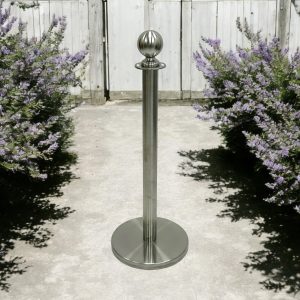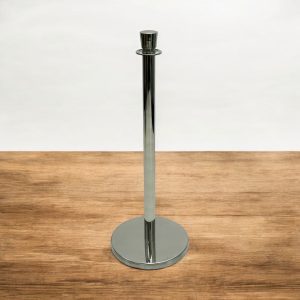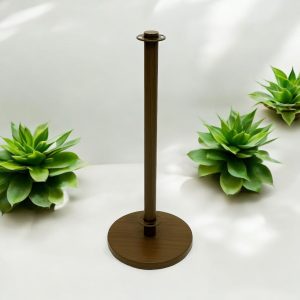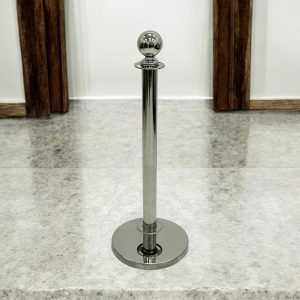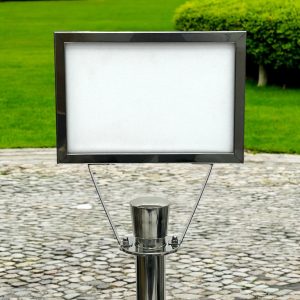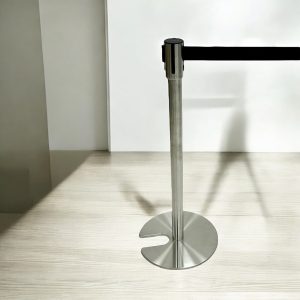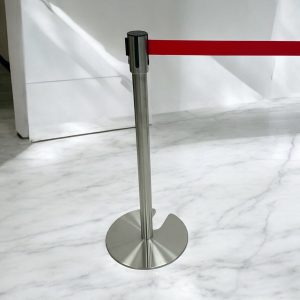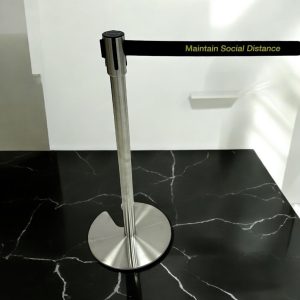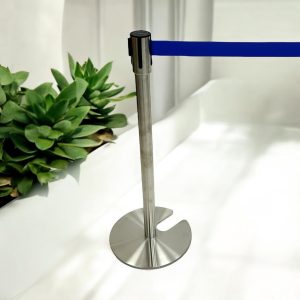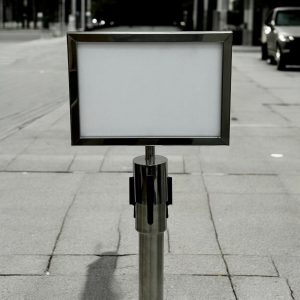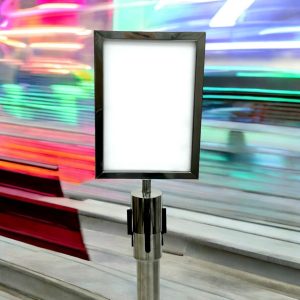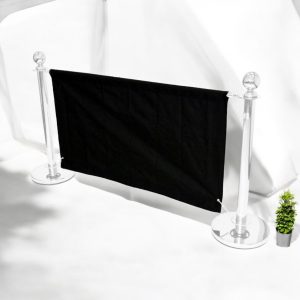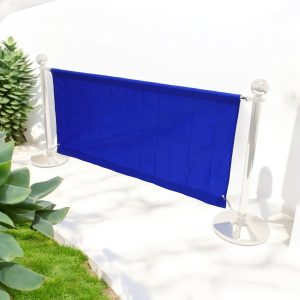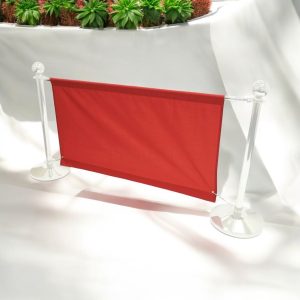Crowd control barriers are mainly used in public events to control traffic flow. These products are commonly visible in outdoor festivities, banking halls, weddings, demonstrations, political rallies, parades, and sporting events. Event organisers use crowd barriers as tools to facilitate their crowd management activities. These crowd barriers act as physical and psychological barriers used to delimit no-access zones, which is critical in maintaining order at a certain level during an event. These barricades outline specific sections in a venue and deter mix-ups while providing enhanced organisational benefits like single file queuing.
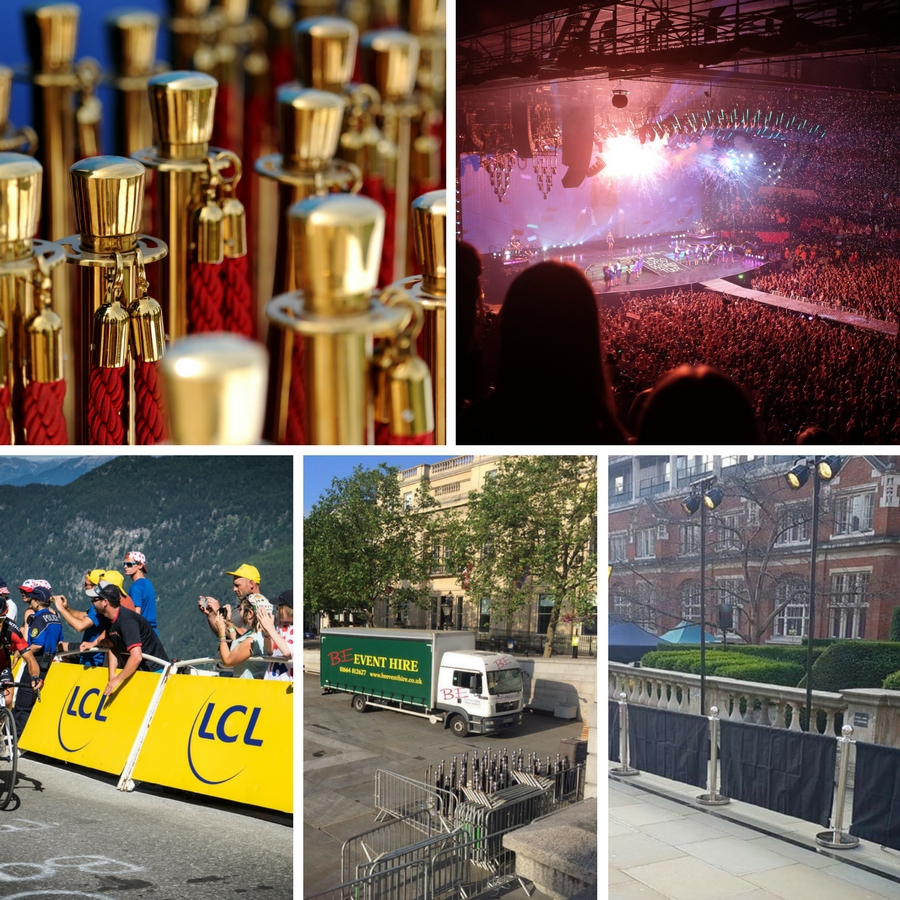
Through proactive crowd management, there will be minimal chances of unwanted incidences, such as individuals accessing restricted sections in a venue or people generating makeshift queues. These barriers also provide enhanced security in venues because it is possible to side line certain sections to isolate specific individuals, such as VIPs, from the general public, who otherwise are likely to be a nuisance to their well-being when attending the event.
Fencing mechanisms must be used to keep the crowd organised during events, ensuring the proper flow of human traffic and systematically organizing the seating arrangements.
Most crowd barriers use steel, although certain variations come with lighter materials. The products are primarily effective if they come with interlocking mechanisms, which means erecting several barriers on a stretch or a section within a venue to monitor and control the crowd effectively is possible. When barriers interlock, the security personnel have an easier time because there are impenetrable paths that guide visitors to the specific venue location. The interlocking steel barriers were patented in France way back in 1951 on the premise of maintaining safety and social order during the era of the upheavals. This approach of the barricade was soon adopted in several European nations, and sooner rather than later, barriers emerged as the de facto concept used globally in crowd control for events.
Types of Crowd Barrier Systems and their Uses
Numerous suppliers have emerged and developed different standards in the crowd control barrier business. Each barrier comes developed with its distinct purposes, and event planners must select proper products that complement the nature of their events to provide maximum safety level during a function. Going by the fact that barriers come with different uses, different events require different barrier types. It is common for small events to have only one kind of system. Larger events, such as political rallies, integrate several barrier systems to match the different setups of the venue.
Stanchion Barrier
It is also referred to as rope and pole barriers. The product is developed using thick ropes connected by poles. It is mainly used in businesses and red-carpet events. The ropes and poles come in different colours. The stanchions are used for various purposes, including waiting lines and crowd control in trade shows, concert venues, restaurants, museums, hotels, stores, and banks. The product is used indoors and commonly inside the banking halls and wedding receptions.
Retractable Stretch Barriers
They are built using belts connecting with poles together. These products are temporary and can be easily set up in any venue. one distinct feature with retractable stretch barriers is their ability to hold a relatively large crowd. Retractable barriers are ideal in temporary events or entities that do not require a crowd control device.
Steel Fencing Barriers
They are considered the strongest and, hence, ideal in high-traffic environments. The steel comprises large interlocking fences, which is also the main reason why they are preferred with large crowds such as political rallies or mega sporting events. They are also very heavy, seldom topple, and due to their rigid nature.
Banners or Cafe Barriers
Banners or Cafe Barriers are constructed with stainless steel, and the banners are available in different colour variants, an attribute that makes temporary fencing easily complement the venue décor. Typically used outside cafes or restaurants that have pavement space and popular with event organisers as the banner can be branded.
Benefits of Crowd Control Barriers
Event Security
It is of paramount importance that visitors in any venue, whether private or public, must be accorded sufficient security. With barricade systems in place, the process of ensuring security is easier since it is possible for event organisers to queue all arriving visitors and search for prohibited items during the queuing process whilst directing visitors to seating.
Enhanced Event Organisation
Crowd barricades separate the different sections of an event and provide pathways to critical installations such as toilets, podiums, or eateries. Since they play a crucial role in separating the stage or podium from the main arena, they can also enhance the event’s visibility while providing additional security for the performers or guests of honour. Crowd barriers must have characteristics adjusted to synchronise with their efficiency and the safety aspects of any crowd control arrangement.
Strategically Install the Crowd Control Barrier
Several factors come into play when deciding the quantity and type of fencing system required for a particular event. The size of the venue versus the number of anticipated traffic, the number of sections that the event will have and also if there will be any high profile visitors so that these personalities can have a separate section and a different seating arrangement. Will be conducted indoors or outdoors because the nature of each event dictates the materials that must be used in constructing the barriers.
Related Articles
- Crowd Management and Using Crowd Control Barriers, Fencing, Staging
- Queue Management Control Guide
- Retractable Queue Barriers – Bulk Buy Discounts
- Retractable Stretch Barriers for Retail
- Cafe Barriers Buying Guide
